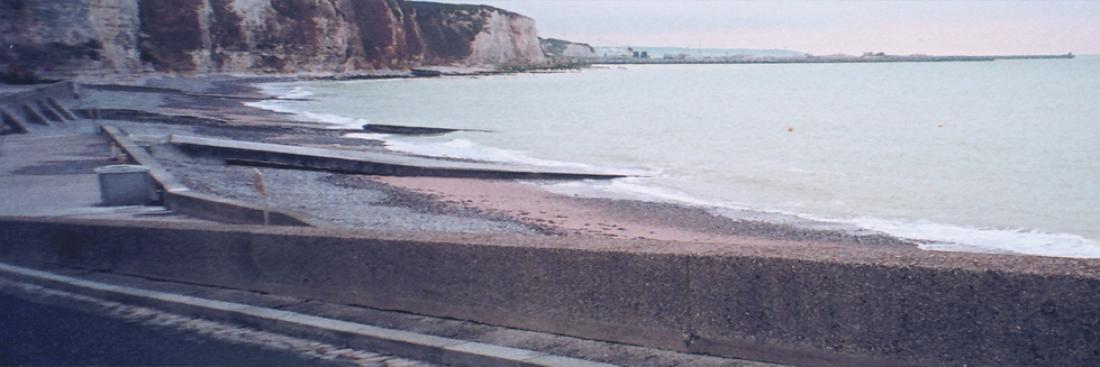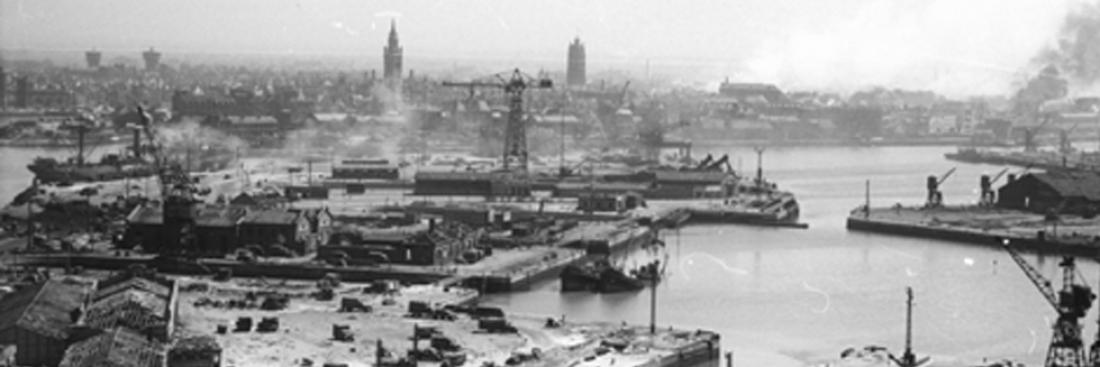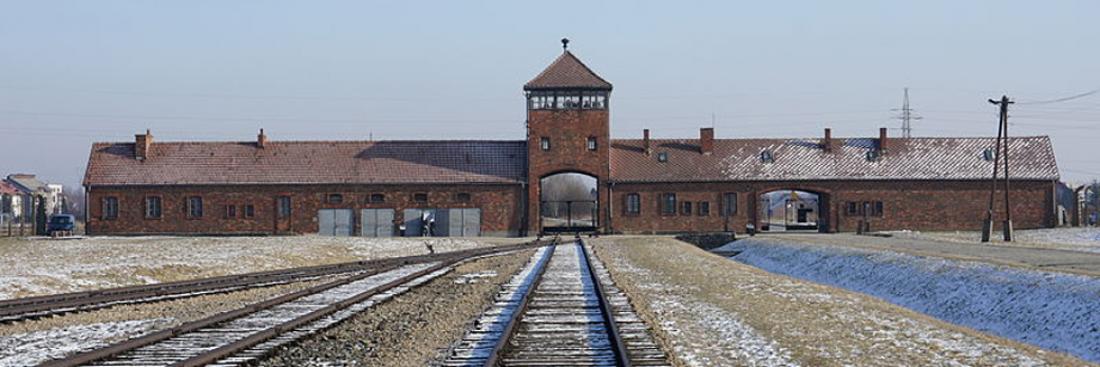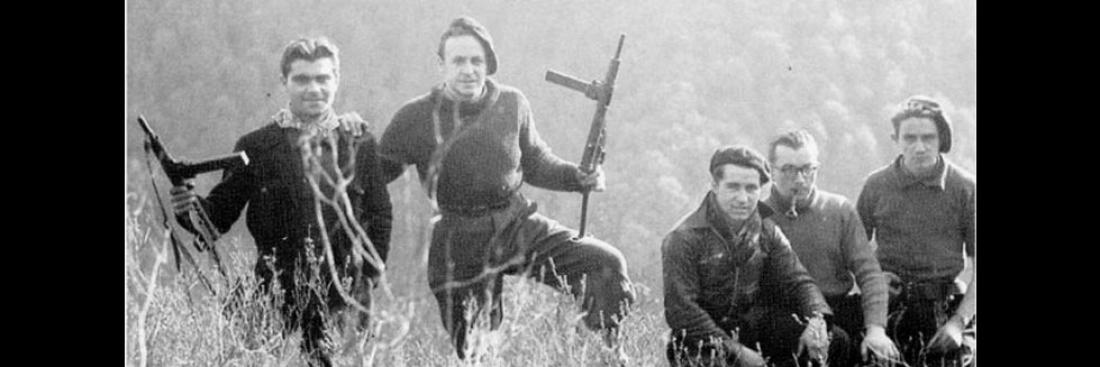First world war places of remembrance

The Memorial heritage of Paris and its greater region is not particularly rich in monuments relating to the memory of the first world war since Paris was not directly concerned by the fighting. Paris did not experience the war so few monuments concern military operations.










